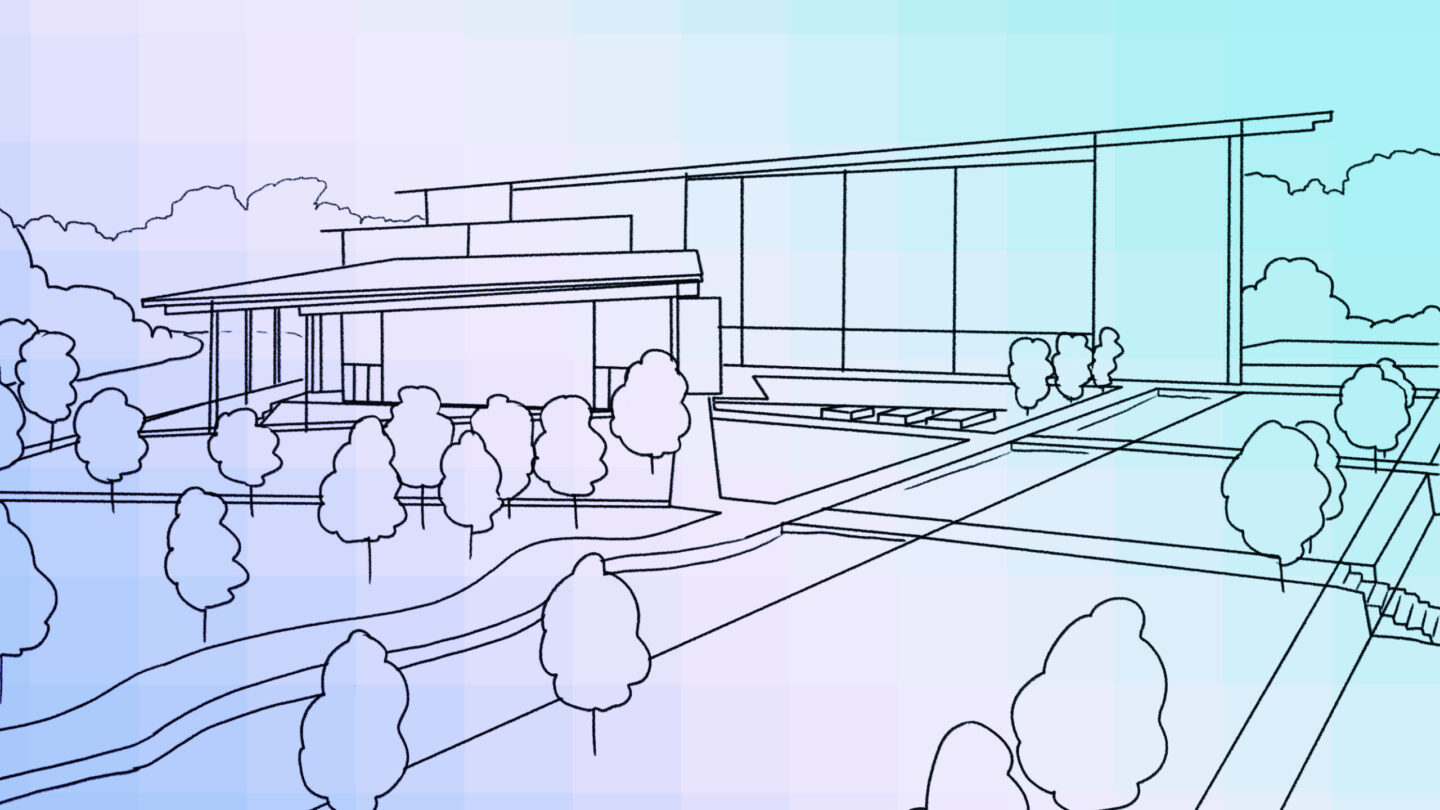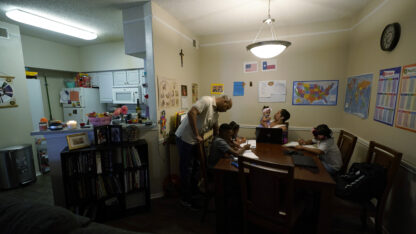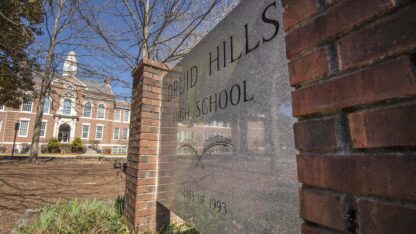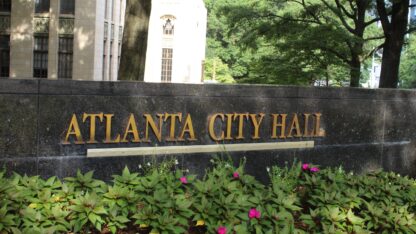“In most school districts, the second-largest yearly expense after salaries is the energy bill.”
That’s a quote from Vice President Kamala Harris, speaking earlier this month at an elementary school in Washington, D.C.
She was announcing a new, multibillion-dollar federal push to renovate public schools in ways that are healthier both for children and the planet – and often, that save money too.
The funds are spread across several different agencies and programs. The White House released a toolkit with details:
Heating and cooling upgrades: studies show that schools are on deck to spend $9.7 billion of American Rescue Plan funds to upgrade heating, ventilation and air conditioning (HVAC) systems – something that became top of mind to curb the spread of COVID-19. More efficient HVAC systems could lower energy costs and emissions.
Cleaner transportation: a $5 billion rebate program from the Environmental Protection Agency that replaces old, mostly diesel-fueled buses. Half the money is specifically for electric buses.
Carbon-free commuting: some of the $90 billion in the Department of Transportation’s highway safety funds can be used to help with route planning so more students can walk or bike to school.
Lower power costs, more light: a $500 million Department of Energy grant program, paid for by the infrastructure law, can be used for things like LED lights, better insulation, and solar panels.
As the Vice President noted in her speech, many of these changes bring health benefits to students. Cleaner, fresher air in buildings and lower emissions from buses mean fewer asthma attacks and less severe allergies. And, as we’ve all become hyper aware of recently, improved ventilation in school buildings lowers the risk of spreading some illnesses. Bike-friendly schools invite students to get more exercise. Better ventilation and more comfortable temperatures, the EPA says, are consistently linked to better performance in school.
And of course, scientists say the world needs to reduce emissions fast to avoid the most extreme dangers of climate change. Schools could be a great place to work on this, for two big reasons.
Schools are a significant source of emissions
First of all, public school infrastructure is huge. There are almost 100,000 schools in all 50 states. Students arrive on nearly half a million yellow buses – the National School Transportation Association says that’s five times the total number of city buses, although school buses travel fewer miles. The Energy Information Association says K-12 school buildings consume about 8 percent of all the fuel used by buildings in the country.
Laura Schifter leads K12 Climate Action at the Aspen Institute, a coalition dedicated to moving schools to embrace sustainability.
She says greener renovations bring long-term savings but sometimes have upfront costs. And school leaders may not be familiar with their changing options.
Federal initiatives, like this one, can get schools making lower-carbon choices while promoting equity. “And it’s targeted towards school districts that have poor air quality and access to capital,” says Schifter. “So there’s a lot of opportunity there to help make these investments in communities that need them most.”
Teachers are bringing sustainability to the classroom
Another big benefit to green schools is that students can learn about climate solutions through firsthand experience.
Schifter recounts a visit to Alice West Fleet Elementary in Arlington, Virginia, which is fossil-fuel-free thanks to solar and geothermal heating. “In their main lobby, there’s a ‘power pole’ and the students can see, in real time, energy that’s produced versus energy that’s consumed.”
The building plan is integrated into the curriculum. “In their math class, we saw that there were charts … students were graphing the amount of energy that the solar panels were producing that were right outside.”
And, Schifter said, students become evangelists for these ideas.
“The strategies that the kids we learn in school, they’re taking home and they’re talking to their parents like, ‘Hey, we have this rain barrel at school, can we have rain barrels at home?’ or, ‘We’re composting at school, can we compost at home?'”
With that connection, changes made at schools can spread to the community at large.
Copyright 2022 NPR. To see more, visit https://www.npr.org.
9(MDAxODM0MDY4MDEyMTY4NDA3MzI3YjkzMw004))

9(MDAxODM0MDY4MDEyMTY4NDA3MzI3YjkzMw004))








